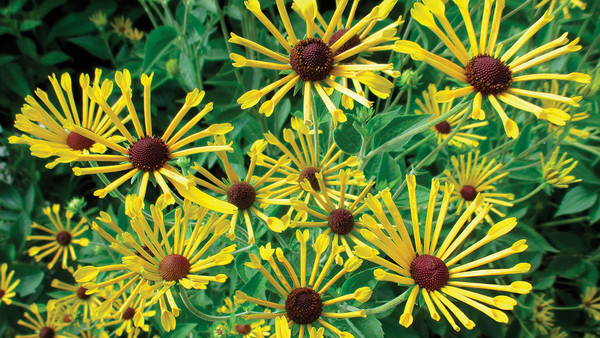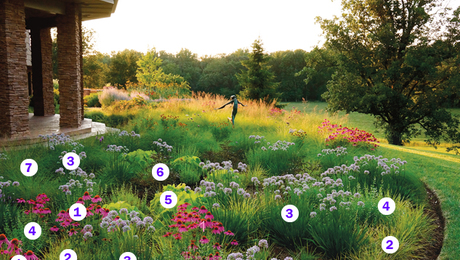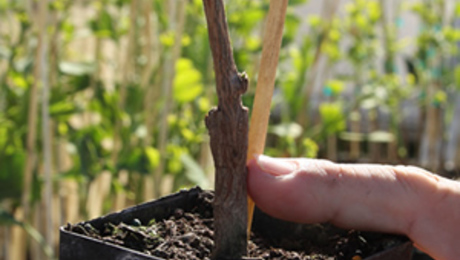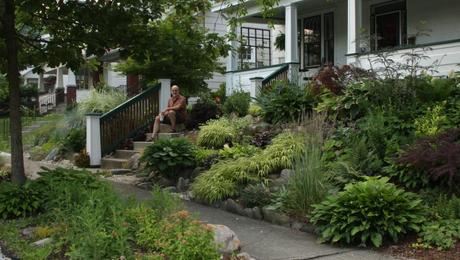
The red earth of Scarlett O’Hara’s beloved Tara has nothing on my Virginia clay. Along the driveway, on a raw, sun-baked red bank, thriving clumps of wild quinine (Parthenium integrifolium) offer lustrous foliage and long-lasting white flowers throughout the season. Plants bloom beautifully in spite of searing heat and months of drought. At the end of a long, dry summer, the foliage looks as fresh as a May morning. Punishing conditions are not requisite for growing wild quinine, however. This attractive member of the Aster family (Asteraceae) is native to moist prairies, low meadows, and open woods from Massachusetts and Minnesota, south to Georgia and Arkansas, and it thrives in Zones 4 to 8. For best growth, I recommend giving plants moist, deep, rich soil in full sun or light shade. The fleshy taproot imparts drought-tolerance. Established clumps have lustrous, toothed, egg-shape basal leaves up to 12 inches long. A dozen or more 1-to-4-foot leafy stems crowned with flat clusters of small knobby white flowers rise from the clump in mid to late summer.
Wild quinine is a good substitute for common yarrow (Achillea spp. and cvs., Zones 4–8) in moist soils. Use it as a specimen or as a filler in the middle of the border with bold-textured plants such as rose mallow (Hibiscus moscheutos and cvs., Zones 5–10) and coneflowers (Echinacea purpurea, Zones 3–9). In meadow and prairie gardens, combine wild quinine with purple prairie clover (Petalostemum purpureum, Zones 3–8), asters (Aster spp. and cvs., Zones 5–8), goldenrods (Solidago spp. and cvs., Zones 5–9), and ornamental grasses. The charcoal-gray seed heads are attractive throughout the winter in the garden or in dried arrangements.
To propagate, sow seeds in winter or spring after giving them four to six weeks of cold, moist conditions. Seedlings develop slowly the first year while they establish their tap roots. Plants reach blooming size in two to three years. Wild quinine can also be propagated from stem cuttings taken in early June. This tough plant deserves a place in every garden, formal or wild.
Fine Gardening Recommended Products

Planting in a Post-Wild World: Designing Plant Communities for Resilient Landscapes
Fine Gardening receives a commission for items purchased through links on this site, including Amazon Associates and other affiliate advertising programs.

ARS Telescoping Long Reach Pruner
Fine Gardening receives a commission for items purchased through links on this site, including Amazon Associates and other affiliate advertising programs.

Pruning Simplified: A Step-by-Step Guide to 50 Popular Trees and Shrubs
Fine Gardening receives a commission for items purchased through links on this site, including Amazon Associates and other affiliate advertising programs.


















Comments
Log in or create an account to post a comment.
Sign up Log in